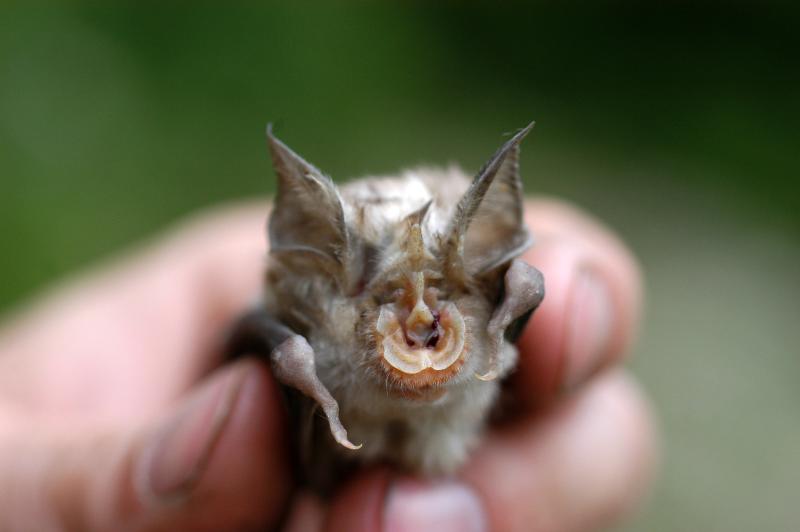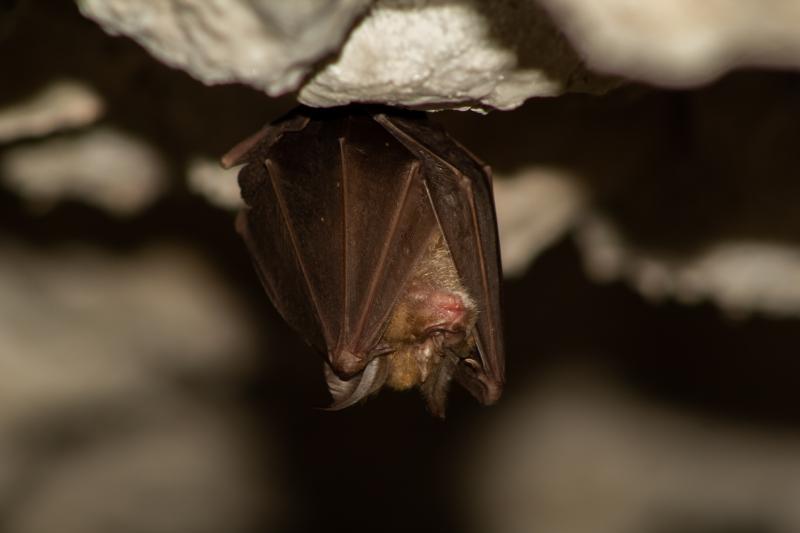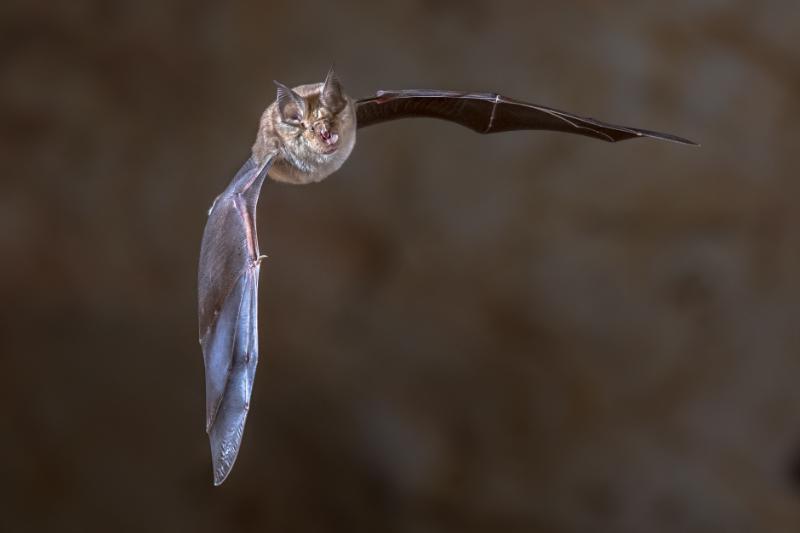Exploring the Fascinating World of the Sword Nosed Bat

Welcome to the world of the extraordinary Sword Nosed Bat, a creature that doesn’t quite fit into our conventional perceptions of beauty. Found in South America, this unique bat species captivates with its intriguing features and lifestyle. Dive in to unlock the mysteries of this intriguing creature.
An In-Depth look at the Sword Nosed Bat

Scientifically known as lonchorhina aurita, the Sword Nosed Bat is a tiny wonder of nature, measuring only about 6 centimeters in length, excluding its 5-centimeter tail. Weighing in at a feather-light 13 grams, it may seem dainty, but this bat is packed full of surprises.
Mirroring its name, it wields a significant 2-centimeter pointed nose-leaf – a unique feature often associated with its echolocation abilities. Don’t let its size fool you. Despite its less than intimidating stature, this bat packs a charismatic punch with its fleshy leaf-like appendage at the nose tip and remarkably large ears.
A Glimpse into the Life of the Sword Nosed Bat

Nocturnal Creatures
Creatures of the night, Sword Nosed Bats predominantly reveal themselves once the sun has set. They are agile creatures, swooping and hovering through the air at a relaxed pace, often soaring close to tree tops. These bats are not known for getting too close to humans.
The Menu for Sword Nosed Bat

The Sword Nosed Bat’s diet is simple yet effective – a healthy blend of fruits and insects. Their prominent radar-like ears are their secret weapon, enabling them to detect even the slightest sound, thus helping them to hone in on their prey amidst thick foliage.
The Social Life of the Bat
These bats don’t prefer solitude. They are often found traveling in large numbers, from hundreds to thousands, residing together in the richness of the lowland rainforest climate. There have been instances where a single specimen was discovered in Guyana, above a dry creek bed in the Iwokrama Forest. Unlike many bat species, the Sword Nosed Bat doesn’t hibernate but instead aestivates, remaining dormant during sweltering summertime and effortlessly adjusting to sub-zero temperatures.
See Related: Unveiling the Fascinating World of the Flying Fox Bat
Potential Threats to the Sword Nosed Bat

Concerns have been raised about the likelihood of the Sword Nosed Bat’s numbers dwindling due to deforestation, however, this theory is yet to be confirmed. Despite being one of the most diverse bat species, further research is required to fully understand the Sword Nosed Bat’s ecological contribution.
Cool Facts about the Sword Nosed Bat:
- Their long, fleshy nose-leaf aids in echolocation.
- They are nocturnal creatures, active mostly at night.
- Despite their small size, they are extremely agile flyers.
Related Resources:
Types of Bats
Bat Deterrent
Biggest Bat